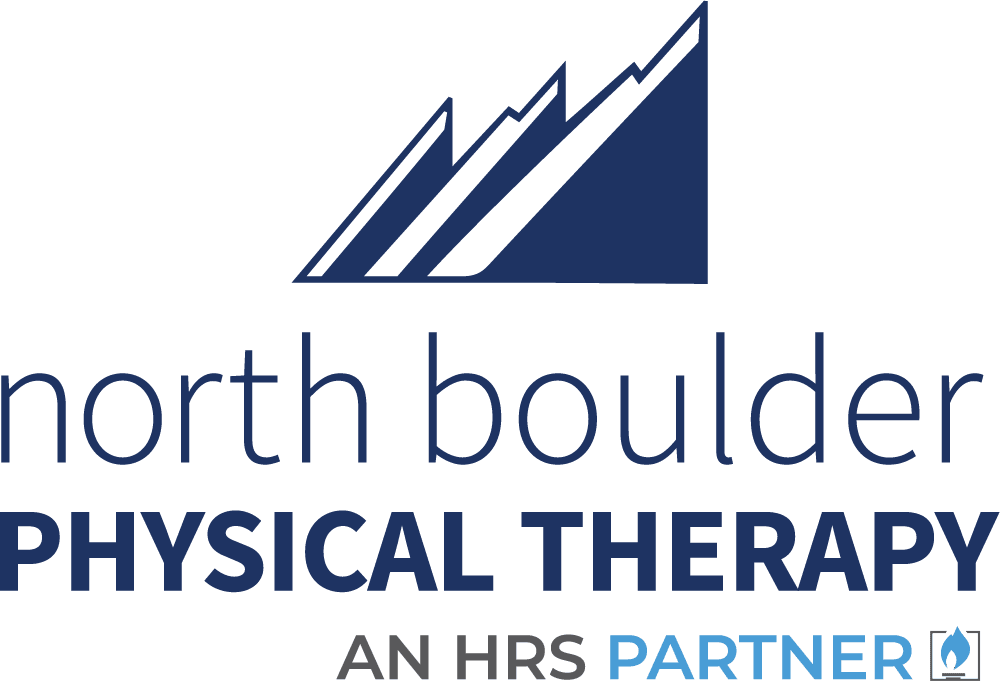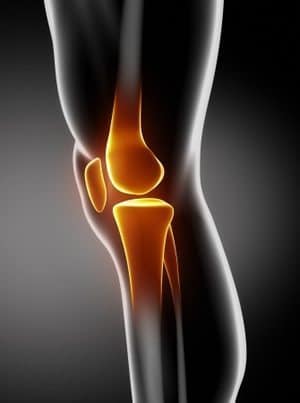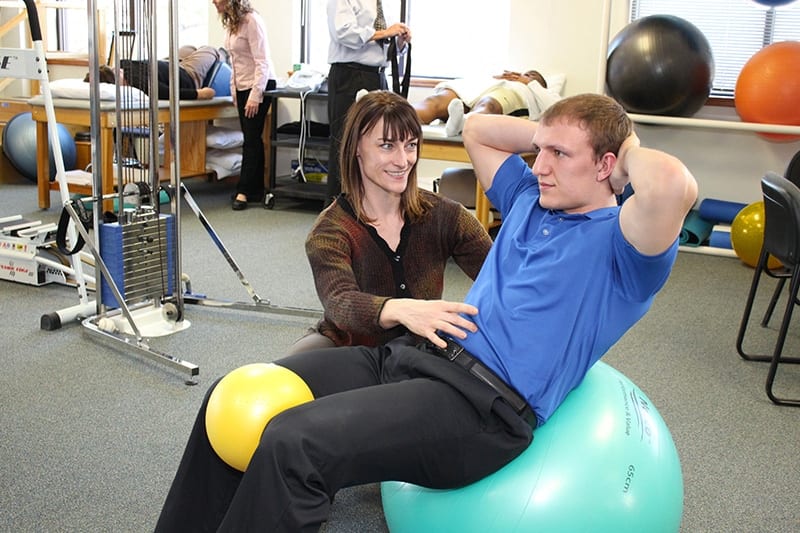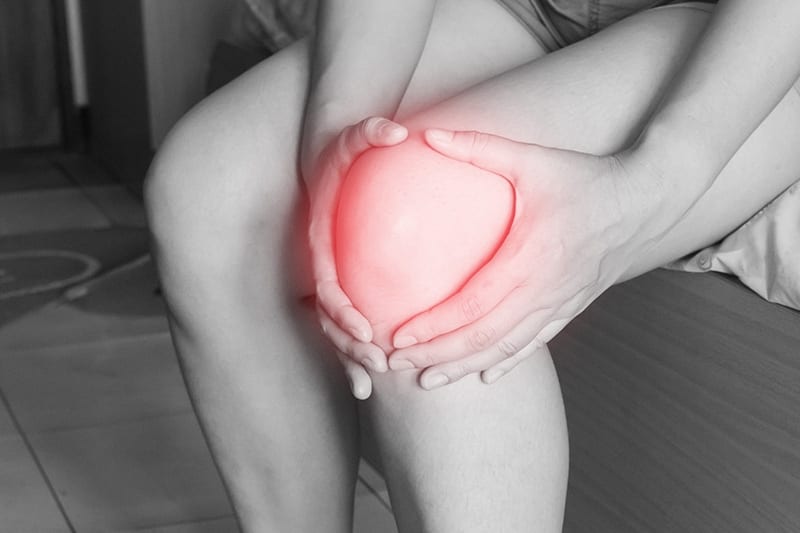 Our therapists at North Boulder Physical Therapy know that understanding the role of physical therapy after knee replacement surgery is important to your recovery. Physical therapy helps you heal faster.
Our therapists at North Boulder Physical Therapy know that understanding the role of physical therapy after knee replacement surgery is important to your recovery. Physical therapy helps you heal faster.
An article in Healthline lays out the timeline for the rehabilitation process after knee replacement surgery that can help you focus on getting back into an active life. Here’s the step-by-step description of what you can expect during the 12 weeks of recovery and rehab after your orthopedic surgery. It also sets out the goals for your healing.
Day 1
Rehabilitation begins as soon as your surgery is over. Your doctor will want you to begin standing and walking using an assistive device with the help of a physical therapist within the first 24 hours. The sooner you get up and use your new artificial knee the better.
Every day the physical therapist will guide you through exercises with the goal of strengthening your muscles. The therapist will also show you how to get in and out of your bed and move around with the aid of an assistive device, like a walker, crutches or a cane.
They may also set you up with a continuous passive motion (CPM) machine to use at home and some people even leave the operating room with their leg already in a CPM machine. The purpose of the CPM is to keeps your knee in motion to help prevent the buildup of scar tissue and the stiffness that results from immobility.
Day 2
You will probably be walking for brief periods using an assistive device and maybe climb a few steps. The goal for you might be to use the regular toilet instead of the bedpan. You will continue to use the CPM machine and your activity level should increase.
Discharge
Your knee will be getting stronger and you will be increasing your exercise and activity level. You should move from the prescribed painkillers to lower dosage pain meds. Some things you may be doing are going for longer walks, climbing a flight of stairs, moving to a chair or a toilet without assistance, and reducing your use of a walker, crutches, or a cane.
At discharge, you should be able to:
- Bend your knee to a minimum of a 90-degree angle
- Dress and bathe
- Not depend on an assistive device very much
Your goals at Discharge are to:
- Get in and out of bed
- Perform transfers using appropriate assistive devices
- Walk at least 25 feet
- Go up and down stairs using a walker or crutches
- Get your knee at a 90-degree range of motion
- Understand how therapeutic exercise and activity benefits you
Discharge through Week 3
By now you’re back home or in a rehab facility and you should be able to move around and your pain should be lessening. You should not be relying too much on an assistive device. You will be doing daily exercises that are planned by your physical therapist, including longer walks. Your personal care activities should be getting easier. You will continue to reduce the pain meds. You may still be using a CPM machine.
Weeks 4 through 6
If you’re doing your exercises and keeping to your rehab schedule, you should be seeing a great improvement in your knee, including better flexion (bending) and strength. You should be going on longer walks (half a mile or more) and working towards getting rid of any assistive device. It should be getting easier to perform everyday activities like cooking and cleaning.
Depending on your progress, you may be able to go back to work. You might even start driving again. But make sure your surgeon thinks driving is a safe activity because if you are still taking narcotic medications it is best to not be driving.
Your goals by Week 6 should be:
- Keep up the exercises and walking
- Swelling and inflammation should be decreasing
- Return to everyday activities
- Range of motion should be improving (a goal of 90 degrees of flexion for normal walking and climbing stairs)
Weeks 7 through 11
It’s the beginning of the third month since your surgery and you should be seeing great successes in your recovery. You may be able to walk a couple of blocks without your assistive device. You should be engaging in normal activities like driving, housekeeping, and shopping. Your physical therapist will still be checking on your exercises and modifying them when your knee improves and your mobility increases.
These exercises might include:
- Toe and heel raises (rising up on your toes and heels while standing)
- Partial knee bends (bending your knees and moving upward and downward while standing)
- Hip abductions (moving your leg to one side while standing)
- Leg balances (standing on one foot at a time for as long as you can)
- Step-ups (raising alternating feet up and down on a single step)
- Bicycling on a stationary bike
The role of physical therapy after knee replacement surgery is important during this time, so don’t give up. If you’ve been doing your exercises and following your rehab plan you should be seeing some exciting results.
Your goals by Week 11 should be:
- Range of motion improvement (possibly to 115 degrees)
- Mobility improvement
- Reduction of pain and stiffness
- Improved strength in the knee
- Return to most everyday activities
Week 12
Without any complications and if you’ve kept to your physical therapy, you are enjoying your everyday activities, including things like walking, swimming, golf, dancing, and bicycling. You are feeling almost like normal but don’t stop the physical therapy exercises and don’t engage in any high impact activities. You still want to protect your knee from any damage to your implant or any damage to surrounding tissue.
Your pain will be dramatically decreasing. You should still get clearance from your medical team about any new activities.
Your goals by Week 12 should be:
- No pain or very little pain with normal activities and recreational exercise
- No loss of flexion or range of motion
- Continuing with the exercise regime such as walking, swimming, golf, cycling, and dancing
- Stay in contact with your medical team
Week 13 and Beyond
Now the end is in sight. You should still be noticing gradual and continuing improvement in your knee. Pain will almost be nonexistent.
Stay in touch with your medical team and continue to get periodical check-ups just to make sure your knee is working properly. If you have any pain, swelling, stiffness, or unusual movement in your knee, check with your doctor. After a year from your surgery, you should be back to your old self. Just remember, this is a general outline of what to expect. Everyone recovers at different rates.
Your goals by Week 13 should be:
- Flexion at 115 degrees
- Engaging in a wide range of everyday activities
- Nearly pain-free
Our therapists know that understanding the role of physical therapy after knee replacement surgery is important to your recovery. At North Boulder Physical Therapy, every patient’s treatment includes a full evaluation and education. We use modern treatment methods, state of the art equipment and an outstanding physical therapist that will make your rehabilitation a positive experience. We’ll also teach you how to shorten your rehabilitation time using home exercises and self-care techniques. We would love to help you through your knee replacement surgery rehabilitation.



